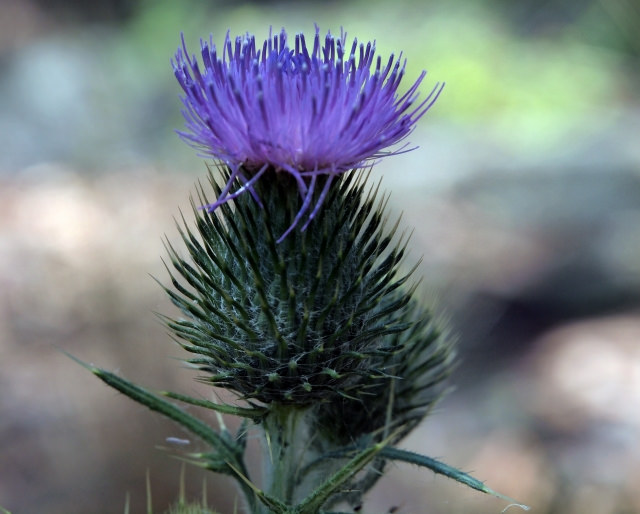I recently worked on a project with MSU Extension Invasive Plant Specialist Jane Mangold, surveying Montana ranchers about noxious weeds. We asked ranchers what noxious weeds were present on their property, and how they thought weeds affected livestock production. One thing that was especially interesting to me was that most survey respondents felt that their weed management affected not only their own livestock production, but also production on their neighbors’ property, and vice versa.
In a different paper—this time about wine grapes in California, co-authors Jim Sanchirico, Julian Alston, and I worked to quantify how neighbors’ pest control actions can affect each other’s profits. (I’ll have more on the Montana noxious weed study in a later post.) We examined a case study of Pierce’s Disease (PD) in the Napa Valley. PD can quickly kill off healthy, very valuable grapevines. That’s a particularly big deal because grapevines are a perennial that can otherwise be productive for many years. PD in Napa is spread by an insect, the Blue-Green Sharpshooter. After feeding on an infected plant, the sharpshooter can spread PD to other plants it feeds on. We found that coordination of control of these insects can increase net returns to each grower by roughly 2-4%. That can translate into large numbers in Napa, where wine grape production is very valuable.
Why this benefit from working together? As some of us know too well, pest populations—whether they are insects in Napa, or weeds in Montana—don’t respect property boundaries. The dandelions blooming in my yard now are going to end up in my neighbors’ yard soon if I don’t do something about them. If one neighbor controls pests on their property but the other doesn’t, in many cases the pests will just keep coming on over. But if both neighbors control the pest, that migration from one property to another can’t take place. Both neighbors get more “bang for their buck” from pest control. As always, that benefit is, of course, dependent on many things. For one, land managers have to be able to talk with each other to coordinate control. And that isn’t always easy.
Interested in the full paper? You can find it here.
(Photo by publicdomainphotography is licensed under CC BY 4.0)

